CARATTERI FUSI – L’A
Walking through the historic centre, among the construction sites, Antonio talks about something that is crucial for him and which explains, at least in part, the success of his business: “After the earthquake, we all felt our sense of belonging to L’Aquila grow. The identity of a person is also made up of the physical place in which he or she lives and if that place is no longer a certainty, then you try to balance things out by clinging to the community and to its traditions”.
After the T-shirt, the second L’A-branded product was the map of the L’Aquila underground, “an underground system that obviously doesn’t exist”. Antonio opens the map in front of us. There are 99 stops, making reference to the 99 castles that got together for the founding of the city. The name of each stop is translated into broken English, often relying on witty wordplay. Campo Felice for example, a ski resort on the outskirts of the city,has become ‘I Live Happy’ (campo in Italian means ‘field’, but is also an informal way to say ‘I live’; felice means ‘happy’), while near the Gran Sasso we find the Mary Star stop, referring to the former Minister for Education Maria Stella Gelmini (stella in Italian means ‘star’), who in a public statement had spoken of a tunnel to connect the laboratory under the highest mountain in the Apennines to the CERN laboratories in Geneva.
The founding of the city
L’Aquila was founded around the middle of the 13th century, on the initiative of the inhabitants of the local castles, lands, and villas. According to local narration, there were 99 of them and each one had been assigned a space where to build dwellings, a church, a square and a public fountain. To this day, the most important fountain in the city is known as the ‘Fontana delle 99 cannelle’ (Fountain of the 99 Spouts) . The city was originally a market town. “Here in Piazza del Duomo – says Antonio Fruci, as we walk through the historic centre – there is not even one aristocratic building. This space has hosted a market every day until April 2009”. Walls were built around the historic centre of L’Aquila. However, in the Fifties and Sixties of the last century, there were still parts of the city that were not urbanised, the reason being that some of the 99 castles had withdrawn from the enterprise.
After the T-shirt and the map of the L’Aquila underground, mimicking the London tube, Antonio moved on to imagine “how the work of the great artists would have been different if they had been from L’Aquila”. Reproductions of famous works in L’A’s workshop include Vincent Van Gogh’s starry night set in L’Aquila, with the city’s skyline and the Gran Sasso in the background, and the statue of the ‘Fontana Luminosa’ (Light Fountain), one of the symbols of the city, redesigned in the styles of 20th-century artists, from Botero to Wharol, from Frida Kalho to Duchamp and Keith Haring. “Each fountain can also be made into a jigsaw puzzle or a canvas,” adds Antonio, while showing a De Chirico.
Fontana Luminosa
The Fontana Luminosa (Light Fountain) consists of two bronze female nudes, holding the characteristic bowl that was used in Abruzzo to collect water, on top of a circular basin raised from street level by steps. The fountain was built by an Abruzzo sculptor during the fascist era and owes its name to the fact that it lights up at night. From the fountain, you can see the Gran Sasso d’Italia. The Fontana Luminosa is one of the objects that elleapostrofoa has most often used in its creations, including a jigsaw puzzle in the style of Austrian painter Gustav Klimt, and canvases in the style of American pop art artist Keith Haring or in that of metaphysical painter Giorgio De Chirico.
